
The Americans are not happy with us pesky Brits. Not only has The Donald scrapped a visit to London next month, but they are also becoming increasingly annoyed by our questioning of their food manufacturing methods.
The Soil Association was the latest to kick the hornet’s nest last week, when it warned there was more to fear from a prospective transatlantic trade deal than just the much-derided chlorinated chicken (seen here, in its catchily titled list of Top 10 Food Safety Risks Posed by a Future Transatlantic Trade deal).
But differences in opinion over the controversial method of washing chicken carcases in chlorine – designed to eradicate bugs such as campylobacter – is the topic that really riles our American cousins.
It all came to a head a fortnight ago, when Ted McKinney, the under secretary of state at the US Department of Agriculture, proclaimed at the Oxford Farming Conference that he was “sick and tired” of hearing about chlorinated chicken. The US hadn’t “used chlorine for a long time”, he added.
McKinney’s comments, and a call for the UK to “get off the issue”, contrast with the perceived wisdom of the past six months, when the topic has rarely been off the news agenda. Environment secretary Michael Gove has continuously ruled out the prospect of chlorinated chicken imports from the US.
So have we been barking up the wrong tree all this time?
Well, yes and no. Despite claims the washing of chicken carcases in chlorine is commonplace in the US, usage has fallen significantly in the past few years, according to Jim Sumner, president of the USA Poultry & Egg Export Council.
“We do not use chlorine anywhere close to the level we did before,” Sumner told me. He added other antimicrobial substances – which had been approved by the European Food Safety Authority – were now more popular across the poultry supply chain (though their use is also currently banned in the EU, which favours the air chilling of carcases rather than liquid chilling).
Sumner claimed the entire debate had been “blown out of all proportion” by a few politicians and some of the news media in Europe with an axe to grind.
But before we discount the topic altogether and start importing container-loads of US chicken, let’s just be clear. Chlorine is most definitely still used in some US supply chains.
I know this as the US Poultry & Egg Association helpfully pointed me in the direction of this rather useful Q&A by the US National Chicken Council, which states that a not-insignificant amount (20%-25%) of poultry processing plants in the US still use the chemical to rinse carcases.
It also adds that chlorine washing does not amount to a shortcut to cover up bad practices, I hasten to add.
Yet British Poultry Council CEO Richard Griffiths is unrepentant for questioning the Americans.
“Food safety has never been the issue,” he says in a blog post. “Rather it is a visceral ‘wrongness’ that has hit home with UK consumers; the suspicion of what happens in the process to require the application of such chemicals to food.”
The entire debate is a microcosm of the often glaring differences between the US and UK (so beautifully summed up in Jon Sopel’s new book on Trump’s America, titled If Only They Didn’t Speak English).
And with both sides so entrenched on this argument (and myriad others that will form the basis of any future trade negotiations), resolving those differences with the US could turn out to be every bit as challenging as the Brexit negotiations themselves.







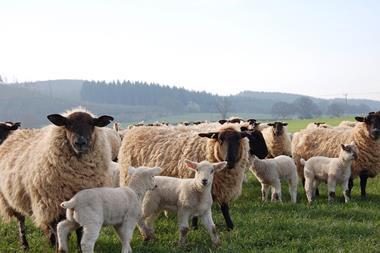
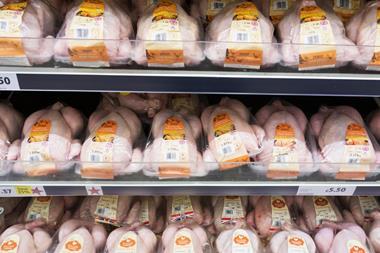
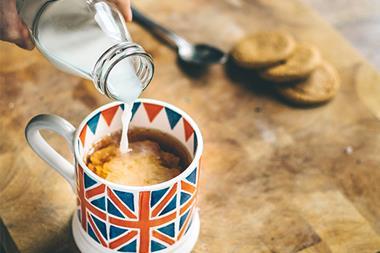

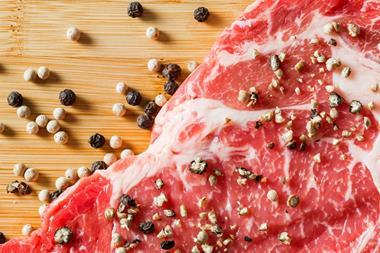
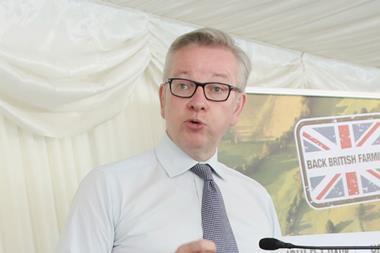






No comments yet